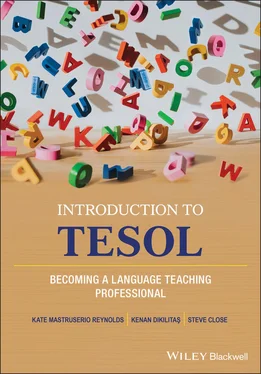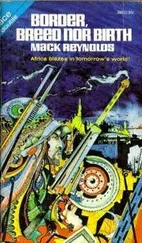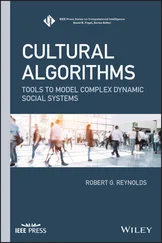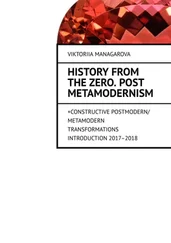Another common acronym for teacher preparation is ELT for English language teaching. This term is often employed in the United Kingdom and other countries closely associated with Britain; for example, countries in the European Union and former colonies of Britain, such as Hong Kong and India. ELT is used as an inclusive term, which does not highlight context. It is considered an overarching term, which is a positive characteristic. Another positive characteristic is that the use of it reduces all of the acronyms. A con for the use of the term is that it is not precisely descriptive for insiders.
In some contexts, you may observe the use of TESOL or Applied Linguistics employed interchangeably. The reasons that these terms can be used interchangeably stem from the early emergence of the field in 1946. As the field was beginning to be established and was initially defining itself, it was concerned with research-based foreign language teaching (including English to nonnative speakers) ( https://www.linguisticsociety.org/resource/applied-linguistics). The field has continued to define itself and the parameters of study. Currently, according to the Association Internationale de Linguistique Appliquée (n.d.) or International Association of Applied Linguistics, the field of “Applied Linguistics is an interdisciplinary and transdisciplinary field of research and practice dealing with practical problems of language and communication that can be identified, analyzed or solved by applying available theories, methods and results of Linguistics or by developing new theoretical and methodological frameworks in Linguistics to work on these problems” ( https://aila.info). In other words, the fields share interests in research on both second/additional language acquisition/learning and language teaching.
One minor difference between TESOL and Applied Linguistics is that TESOL focuses on English, whereas Applied Linguistics is concerned with the learning/acquisition of any second or additional language. For example, learning Italian in Italy if you do not speak Italian as a native speaker.
While it may appear overwhelming to newcomers to have so many diverse acronyms, their use has a practical application. The various acronyms help identify the population and context of instruction. They also indicate an orientation to the field to be inclusive and representative of learners and their backgrounds. It is best considered as shorthand or code for simplifying discussions among colleagues.
Why do you think the field has developed so many acronyms? Do you think they help professionals share important information about their contexts or do you think they are simply jargon? Why?
Which contexts do you foresee you will work in during your career?
How might proficiency levels be somewhat correlated to particular contexts? To what degree might this be true? What would be the exceptions to this relationship?
Being Proficient and Levels of Proficiency
TESOL educators describe the ability of a learner to communicate in oral and written language as their proficiency. While people outside of the discipline may use the terms “fluent” and “fluency,” TESOL educators tend to use these terms in very specific instances. Most of the time, we use the term proficiency, because it allows us to show the degree to which a person is able to communicate. For example, Kenan is highly proficient in English. Kate is moderately proficient in French, and Steve is moderately proficient in French and minimally proficient in Russian.
Organizations such as the American Council of Teachers of Foreign Languages (ACTFL), World-Class Instructional Design and Assessment (WIDA), and the Council of Europe (Common European Framework or CEFR) have developed scales to describe learners’ abilities in specific language skills (i.e., speaking, listening, reading, and writing) or in general.
cales
The ACTFL Oral Proficiency Guidelines were the first of their kind in 1982, and influenced other scales over time. ACTFL (2012) has a scale that starts with novice, intermediate, and then moves along to advanced and superior (for more information, see https://www.actfl.org/resources/actfl-proficiency-guidelines-2012). ACTFL is used by many world language educators. The scales in different language skills illuminate what the learners should be able to do at each level of proficiency (see Figure 1.1). For example, in speaking, a learner at the beginning level can use formulaic language to greet someone.

Figure 1.1 ACTFL Proficiency Scale. Used with permission from ACTFL.
WIDA proficiency indicators
WIDA has six levels of proficiency (see Figures 1.2 and 1.3) that range from 1 as the lowest and 6 as the most advanced (Board of Regents of the University of Wisconsin System, 2012). The WIDA proficiency level descriptors separate interpretative (i.e., reading/listening) modes from expressive (i.e., writing/speaking modes) and differentiate abilities at the word, sentence, and discourse levels (i.e., paragraph or essay). In the 2020 edition, they have also included categories of language functions common in the classroom: Narrate, Inform, Explain, and Argue.
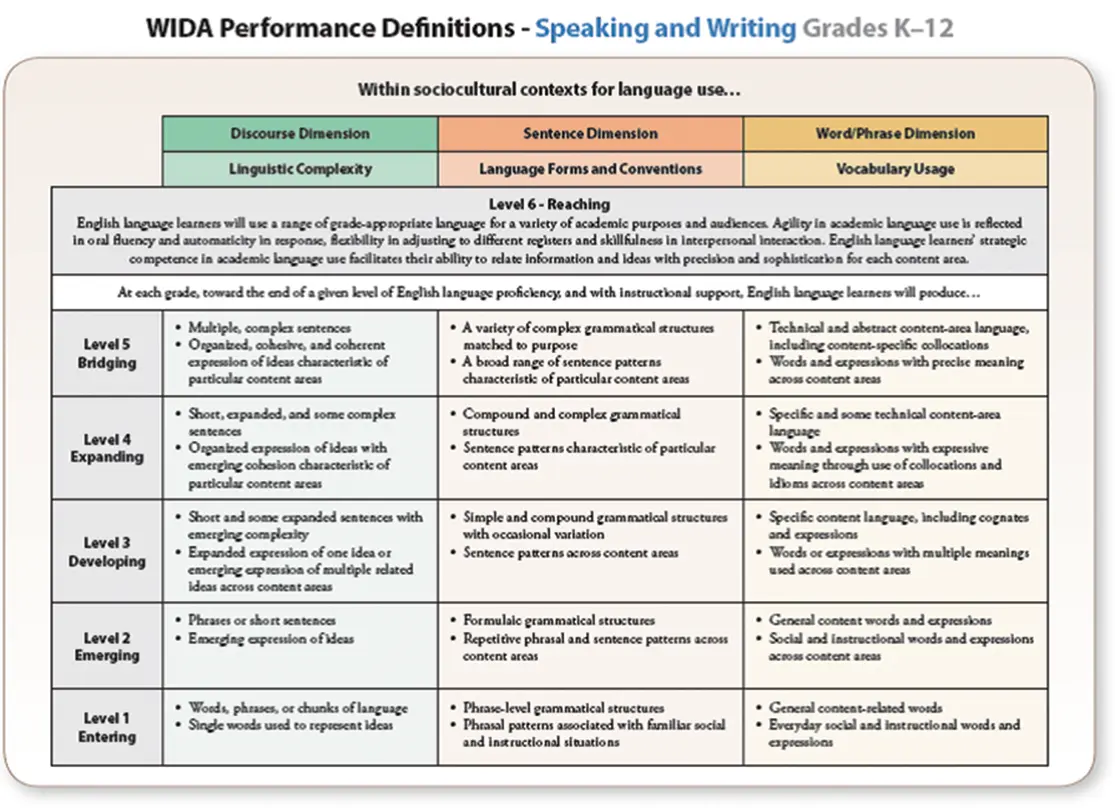
Figure 1.2 WIDA performance definitions—speaking and writing. Used with permissionfrom WIDA.
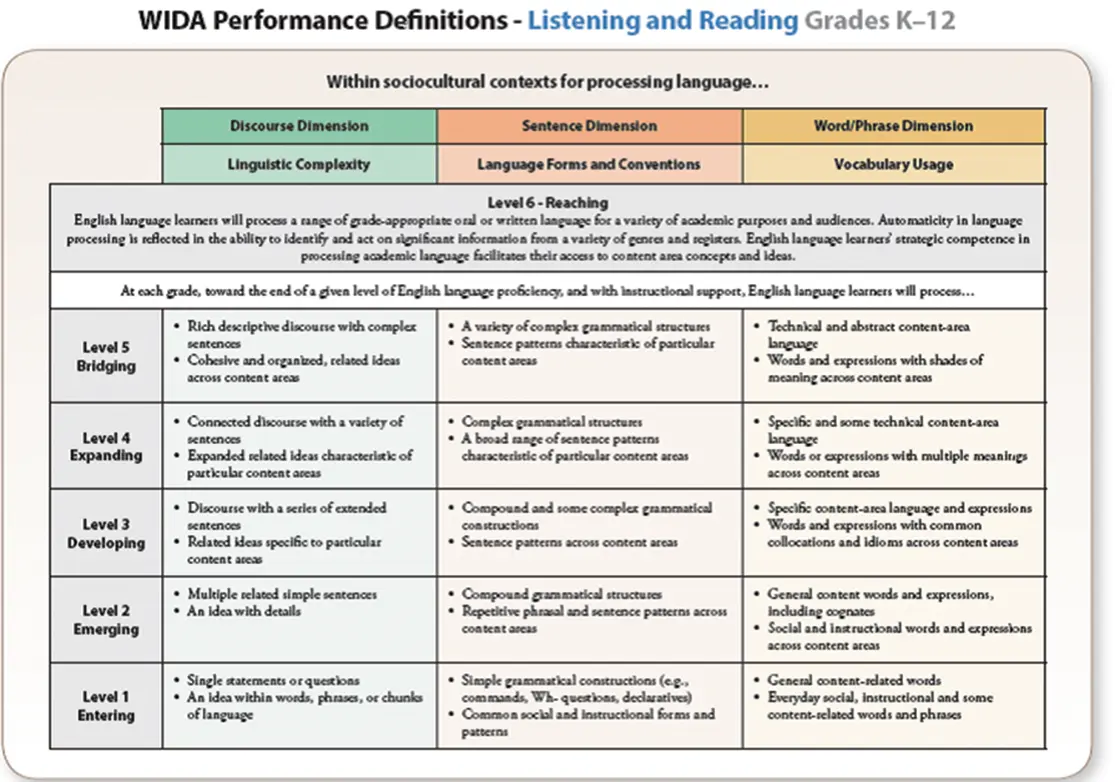
Figure 1.3 WIDA performance definitions—listening and reading.Used with permissionfrom WIDA.
The WIDA team also developed “can do” descriptors that help educators understand what ELLs can do in speaking, listening, reading, and writing in social, instructional, and academic language. These descriptors were developed for kindergarten, first grade, and grade clusters of 2–3, 4–5, 6–8, and 9–12. They can be used to guide lesson plan development that is grade-level appropriate, so educators can provide supports and activities suitably geared for ELLs.
The proficiency level descriptors combine with the modes and levels of discourse (i.e., word, sentence, and paragraph(s)), language function at the six grade-level clusters, so that informed educators can design purposeful and targeted lessons (see the WIDA 2020 edition for details and examples).
The ACTFL and WIDA scales do not necessarily align one to one. At level 1 of WIDA, an ELL might be able listen to and understand yes/no questions with support. WIDA performance definitions are used in a majority of U.S. states and increasingly in international schools throughout the world.
Council of Europe Framework proficiency scale
Council of Europe Framework (CEFR) has six levels of proficiency that are correlated to the ACTFL Proficiency Scale (Council of Europe, n.d.). The CEFR scale ranges from Basic (A level) to Independent (B level) and Proficient User (C level) of the language. At each level is a lower and upper tier indicated by 1 or 2. At the most basic level is A1 (see Table 1.3). A language learner at A1 would be able to hold basic conversations about themselves with help. The CEFR is used in Europe and many international contexts.
Table 1.3 Council of Europe Framework
Читать дальше
